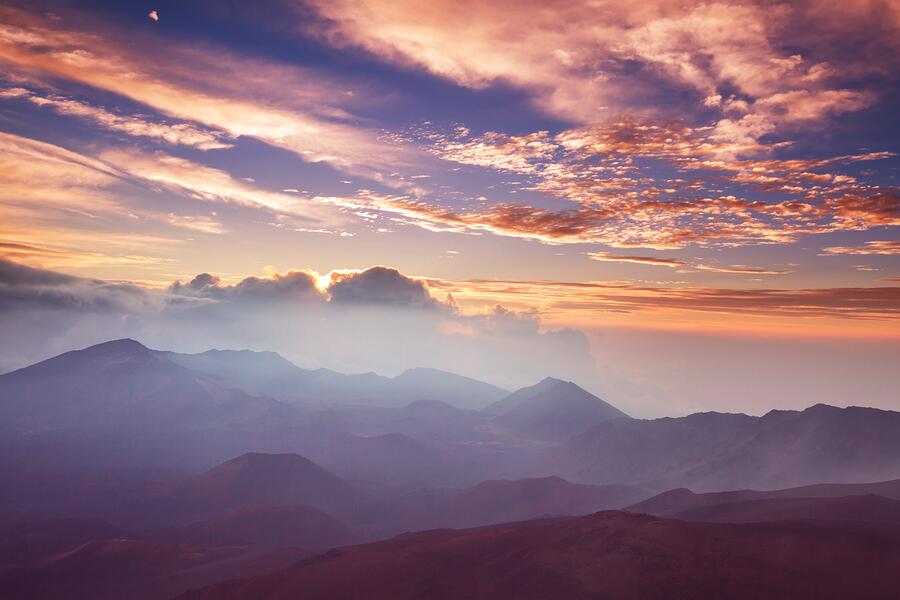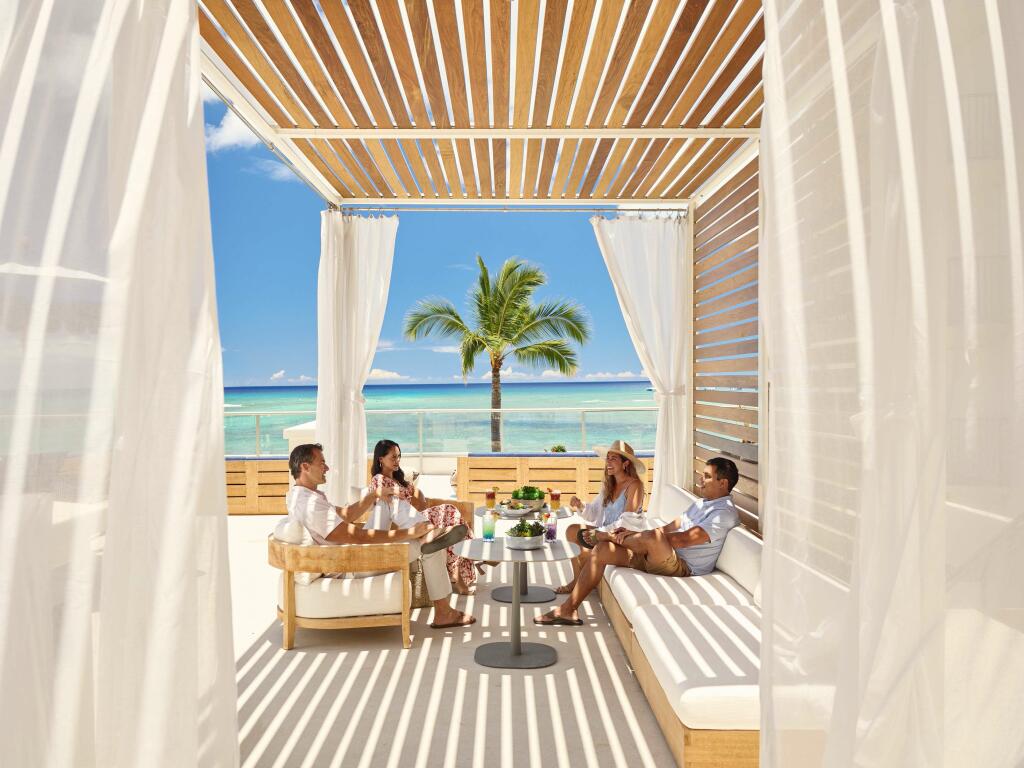Haleakala National Park
Consistently touted as a Maui must-see, Haleakala crater is a sacred place for the Native Hawaiian people. Situated at the end of the famous Road to Hana, the dormant volcano and surrounding park attracts more than a million visitors annually. The park stretches across 33,265 diverse acres and can be separated into two distinct regions; the volcano summit and the Kipahulu coastline.
From the Haleakala summit, gaze out across arid volcanic landscapes that look something like a moonscape. Said to enjoy the best sunrise in the United States, morning parking permits must be purchased months in advance to ensure a place at the summit. Those who wish to rise in the early hours of the morning (around 2.30am for some) should note that the temperature drops significantly at the peak and warm gear is highly recommended.

Stick around after dawn as the park is well worth the time spent exploring. Richly toned earth gives way to sub-tropical rainforest and low-lying shrubbery. The volcanic landscape seems to trail on endlessly and offers countess stunning vantage points.
Haleakala National Park is also renowned for it’s superb hiking trails. One track leads down into the volcanoes crater, with lookouts established on the rim while trails, ranging from 10-minute strolls to multi-night hikes, weave through the aeolian cinder desert, into native shrub-land or up to the summit itself.
Due to its extraordinary size and distinct regions, visitors driving though Haleakala National Park can encounter as many ecological zones as they would travelling from Canada to Mexico. The park is also home to a large number of endangered species, in fact more than any other National Park in the US. Looking closely, visitors may spot the rare silversword plant, the Hawaiian petrel seasbird and the native nene as they explore the park.


